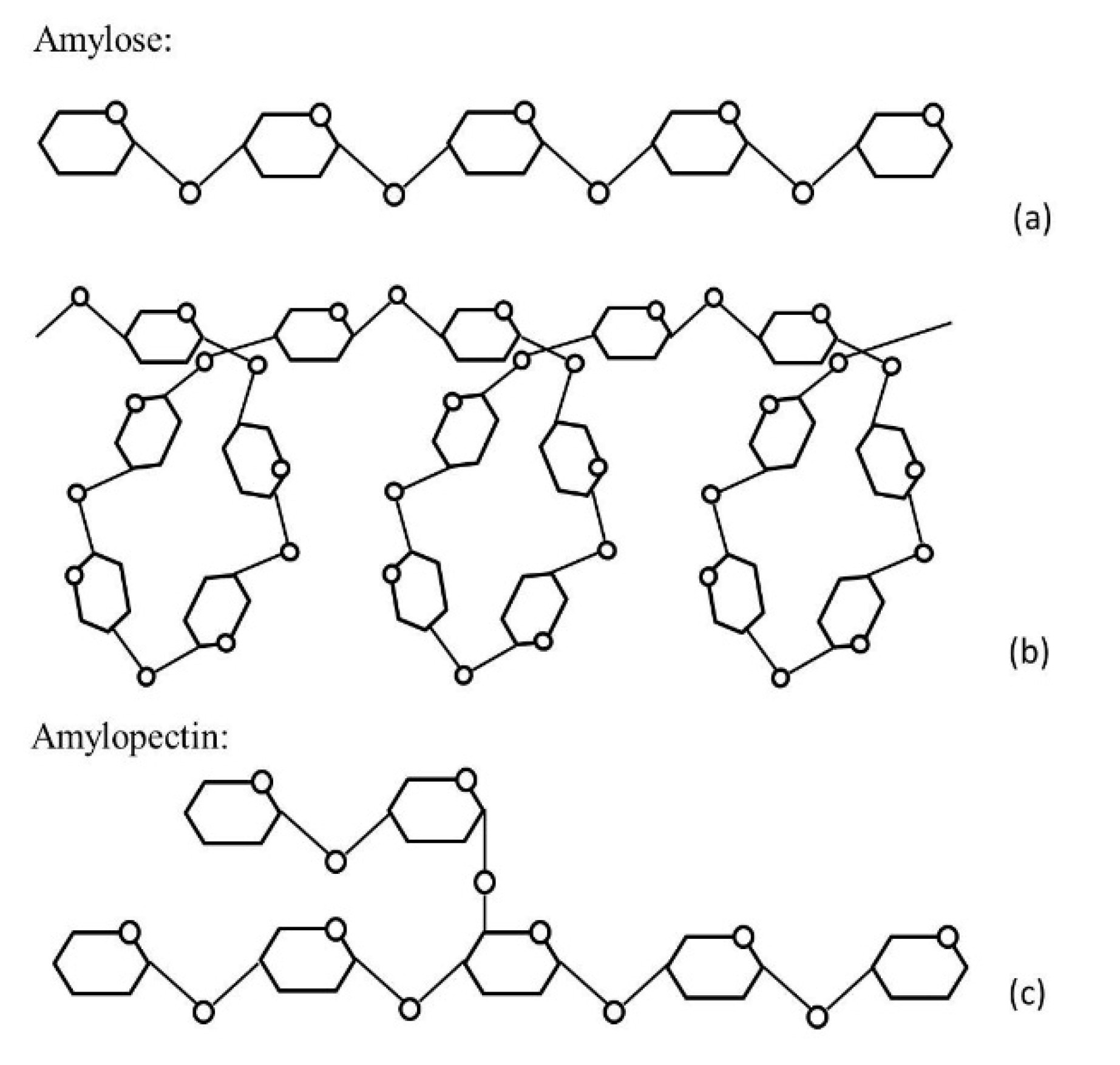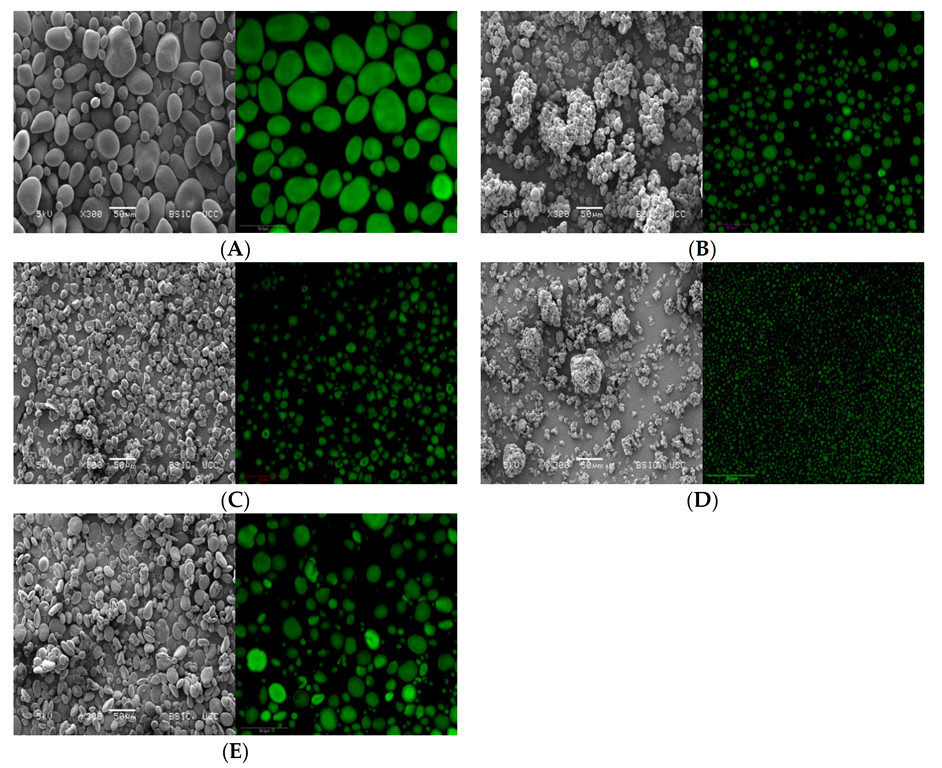Which is correct? Starch Cooking vs Starch Gelatinization
Starch Cooking vs Starch Gelatinization
What comes to your mind when you heard “starch gelatinization”? If you
are working in the food or feed business, I believe you have ever heard
this at least once. But have you ever heard of “starch cooking?
To understand the difference, we need to know the root of
the gelatinization process. First, we need to start by understanding
what starch is. According to Forte and Young (2016), native starch
exists in two forms, amylose and amylopectin. Both are polymers made of
glucose units. In amylose, the glucose units are linked with ɑ(1→4)
bonds (Figure 1a), forming a helical shape chain (Figure 1b). The other
form is amylopectin, the polymer is linked linearly with ɑ(1→4) bonds,
but the branching is linked with ɑ(1→6) bonds, forming a highly branched
polymer of glucose (Figure 1c).

Figure 1. Structure of amylose (a) linear, (b) helical, and amylopectin (c) (from Horstmann et al. (2017))

Figure 2. Scanning electron micrographs of potato starch (A); tapioca starch (B); corn starch (C); rice starch (D); wheat starch (E), with magnification 300X (left). Confocal laser scanning micrographs (magnification 400X). (from Horstmann et al. (2017))
Every starch is different
The rheology of every starchy ingredient will differ due to the varying percentage of amylose and amylopectin and the starch granule size. For example, potato starch is contained in relatively large granules compared to most cereal starches (Forte and Young, 2016). Horstmann et al. (2016) showed the starch granules during the Scanning electron micrographs (SEM) and Confocal laser scanning micrographs in Figure 2.
Starch gelatinization – Shearless condition
This process can be defined as an irreversible process that includes granular swelling, native crystalline melting, loss of birefringence, and starch solubilization (Sullivan and Johnson, 1964). Starch-based foods are traditionally processed under shearless conditions, such as in bread, steam bread, and biscuits (Xie et al., 2006). According to Forte and Young (2016), this gelatinization process needs to occur in an excess quantity of water (> 60% w/w solution). The temperature will differ based on the plant source as below table 1.
Starch Cooking – With a shear condition
Unlike the previous condition, this starch cooking may occur in less water content since the shear stress will enhance the process. According to Xie et al (2006), this processing involves gelatinization, melting, volume expansion, molecular degradation, and various physicochemical changes in starch.
| Source | Gelatinization Temperature |
| Wheat | 51-60°C |
| Barley | 51-60°C |
| Corn | 62-72°C |
| Rice | 68-78°C |
| Sorghum | 68-78°C |
| Potato | 60-65°C |
| Tapioca | 67-70°C |
Looking at this table, we can see the reason why most of the aquatic feed formulations especially shrimp feed will utilize wheat as one of the important ingredients because it can gelatinize with lower temperature, thus can help with the binding properties of the pellet.
Starch Cooking in Extrusion and Pelleting
The typical moisture content in extruder operating moisture is commonly in the range of 15 to 30% w/w, while in pellet mil is even lower, at the level of 10-17% w/w. In this “low” moisture content condition, the process can only be categorized as starch cooking (with the shear condition). Moscicki et al. (2013) and Forte and Young (2016) describes the process of cooking during the extrusion process, The shear energy exerted by the rotating screw, additional heating by friction the barrel, and the moisture in the extruder is required to allow the starch to cook into a fluid mass (melting), then is conveyed under high pressure through the die opening. As the material discharges from the die, the moisture level should be sufficiently high to retain its fluidity, but low enough to ensure that the starch becomes stiff.

Figure 3. The changes of starch granules during extruder and pelleting (Adapted from Whalen, 1997)
In the pelleting, there will be less shear energy involved,
which is why in pelleting process, especially in aquatic feed
production, the wet mixing in the second mixer and pre-cooking process
with the pre-conditioner come in handy. The pre-hydration in the second
mixing supply the moisture, the steam addition in the pre-conditioner
supply the heat. The combination of these two processes will help in
achieving the melting point of the ingredients. The pushing force of the
roller shell will help to material through the die opening. The process
and changes of the starch can be seen in Figure 3.
So, in the future when you are talking with your colleagues regarding the
starch changes in the extrusion and pelleting process, why don’t we use
“starch cooking” instead?
References
- BeMiller, J., and Whistler, R. 2009. Tapioca/Cassava Starch: Production and Use. Starch: Chemistry and Technology, 3rd edition, Academic Press, Elsevier Inc. p. 550.
- Delcour, J.A., Hoseney, R.C. “Starch. 2010. Principles of Cereal Science and Technology, 3rd edition. Cereals & Grains Associations, AACC International, Inc., pp. 33–45.
- Forte, D. and G. Young. 2016. Food Industry Engineering. ISBN 978-0-995433-0-1
- Horstmann, S. W., K. M. Lynch, and E. K. Arendt. 2017. Starch Characteristics Linked to Gluten-Free Products. www.mdpi.com/journal/Foods 6, 29. Doi:10.3390/foods6040029
- Moscicki, L., M. Mitrus, A. Wojtowicz, T. Oniszczuk, and A. Rejak. 2013. Extrusion-Cooking of Starch. DOI: 10.5772/52323. P. 319
- Sullivan, J. W. and J.A. Johnson. 1964. Measurement of starch gelatinization by enzyme susceptibility. Cereal Chemistry 41: 73-77.
- Whalen, P., M. Bason, R. I. Booth, C. E. Walker, P. Williams. 1997. Measurement of extrusion effects by viscosity profile using the Rapid Visco Analyser. Cereal Foods World 42 (6) pp. 469-475.
- Xie, F. W., H. S. Liu, P. Chen, T. Xue, L. Chen, L. Yu, P. Corrigan. 2006. Starch Gelatinization under Shearless and Shear Conditions. International Journal of Food Engineering Volume 2, Issue 5.

